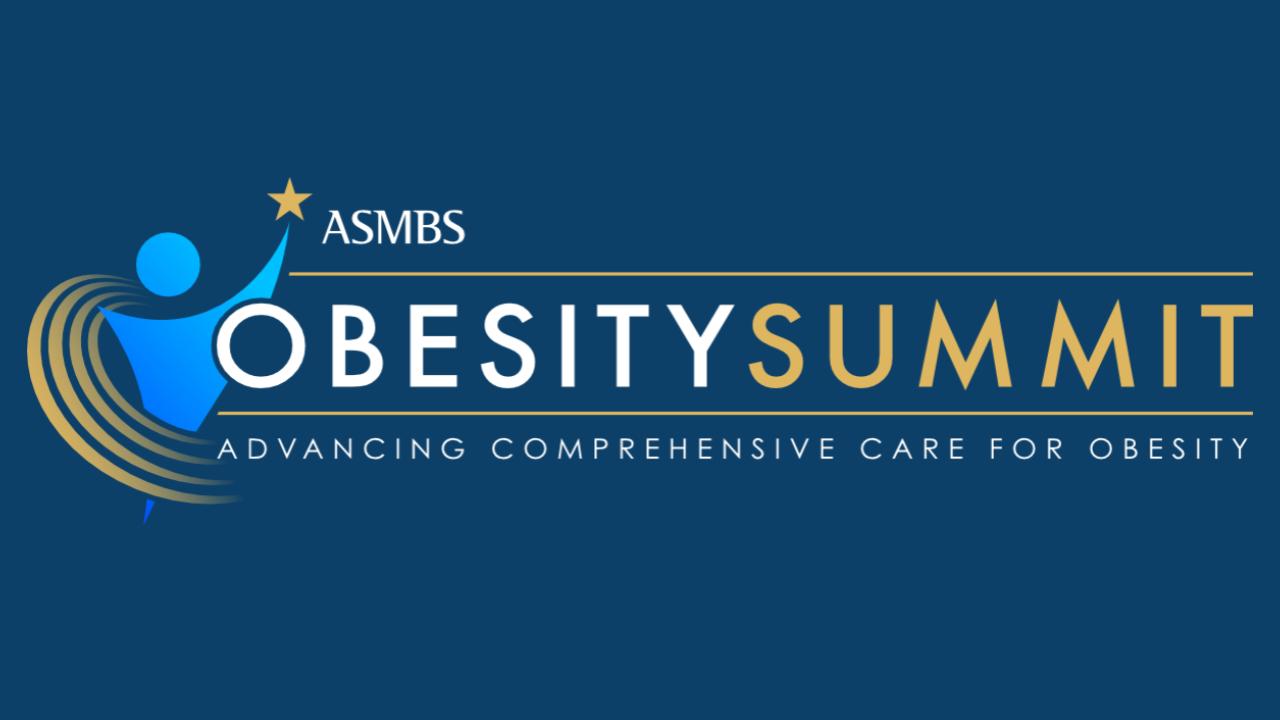From its early roots in 2014 to the landmark gathering in 2025, the ASMBS Obesity Summit has evolved into a defining initiative committed to transforming how obesity is understood, treated, and prioritized in the U.S. healthcare system. Originally convened to foster dialogue and alignment across surgical, medical, and policy sectors, the Obesity Summit has grown into a multi-year, multi-stakeholder effort focused on removing stigma, improving access, and creating a unified voice for comprehensive obesity care.

In 2025, ASMBS brought together 100 cross-sector leaders to confront the reality that, despite decades of innovation and rising obesity rates, treatment remains dramatically underutilized. The Obesity Summit reframed the conversation by asking: What best serves the patient? What emerged was a shared vision for stigma-free, science-based, and compassionate care—and a renewed commitment to long-term collaboration across disciplines. Looking ahead, the Obesity Summit serves not as a one-time event, but as an enduring platform for action, accountability, and collective progress.
Timeline
2014-2015
The inaugural ASMBS Obesity Care Summit debuted under the leadership of 2014-2015 ASMBS President, Dr. John Morton and represented a landmark collaborative effort to reshape the national conversation around obesity treatment. Bringing together more than 35 leading medical societies, this initiative united diverse clinical voices to break down silos and establish comprehensive, multidisciplinary approaches to obesity care. Through shared guidelines, joint position statements, and unified advocacy efforts, the Summit positioned bariatric surgery as a vital component of chronic disease treatment—alongside lifestyle interventions, medications, and endoscopic options. ASMBS lead this effort to advance evidence-based care, reduce stigma, and ensure equitable access to effective obesity treatments for all patients.
2016-2019
From 2016 through 2019, the initiative continued to grow through ongoing stakeholder engagement, cross-sector collaboration, and the development of joint position statements that reinforced the role of bariatric surgery as an essential component of chronic disease treatment—alongside lifestyle interventions, pharmacotherapy, and endoscopic options. ASMBS continued to lead this effort with the goal of advancing evidence-based care, reducing stigma, and ensuring equitable access to effective obesity treatments for all patients.
2020-2024
>Between 2020 and 2024, the Summit adapted to a virtual setting, enabling continued dialogue and broader participation during a time of global disruption. In January 2024, ASMBS launched the inaugural Integrated Health Obesity Summit, further expanding the initiative’s reach by engaging the full care team and deepening cross-collaborative efforts. This continued evolution reflects ASMBS’s enduring commitment to advancing evidence-based care, reducing stigma, and ensuring equitable access to comprehensive obesity treatment for all patients.
2025
The initiative reached a new level of momentum in March 2025 with the in-person relaunch of the Obesity Summit, bringing together 100 cross-sector leaders to deepen collaboration, confront persistent barriers, and set a bold, unified vision for the future of obesity care. This enhanced evolution reflects ASMBS’s ongoing commitment to advancing evidence-based treatment, eliminating stigma, and ensuring equitable access for all individuals living with obesity.
The Obesity Summit was intentionally designed to foster open and honest dialogue, dismantling longstanding silos across surgical, pharmacological, behavioral, and policy domains. Grounded in patient-centered inquiry, the event encouraged participants to confront bias, examine barriers, and collaboratively reimagine the future of obesity care. Through large-group visioning, small-group breakout sessions, thematic reflection exercises, fireside panels, and interactive language workshops led by The Juliet Funt Group, attendees explored how to improve communication, coordination, and access to treatment. Strategic pauses allowed space for deeper thinking and shared learning. The Obesity Summit culminated in the co-creation of a unifying vision: a world where comprehensive obesity care is patient-centered, accessible, and stigma-free – guided by science, delivered with compassion, and sustained across the patient’s lifetime.
The 2025 ASMBS Obesity Summit attendees brainstormed and categorized all possible solutions and in turn, they sought to establish an actionable pathway forward. In a large group discussion, attendees discussed their own commitment to advancing our shared goal of increasing obesity treatment. Participants identified and committed to organizing into six ongoing workstreams, each responsible for producing outputs and driving progress:
WORKSTREAM 1: MESSAGING & PUBLIC NARRATIVE
- Develop a unifying patient-centered message
- Engage media, employers, and influencers
- Launch a national campaign to counter stigma
WORKSTREAM 2: EDUCATION & TRAINING
- Create curriculum modules for medical schools
- Advocate for board certification reform
- Provide Continuing Medical Education (CME) for existing providers
WORKSTREAM 3: CLINICAL STANDARDS & METRICS
- Define consensus guidelines
- Pilot alternatives to Body Mass Index (BMI)
- Create clinical playbooks for Primary Care Physicians (PCPs)
WORKSTREAM 4: PATIENT ACCESS & EQUITY
- Map treatment deserts and access gaps
- Partner with payers to improve coverage
- Integrate telehealth and extended hours
WORKSTREAM 5: POLICY & ADVOCACY
- Lobby for Current Procedural Terminology (CPT) code expansion
- Advance obesity parity legislation
- Coordinate multi-society sign-ons
WORKSTREAM 6: TECHNOLOGY & TOOLS
- Build digital portals and apps for patients
- Leverage Artificial Intelligence (AI) to personalize treatment
- Create a shared data infrastructure